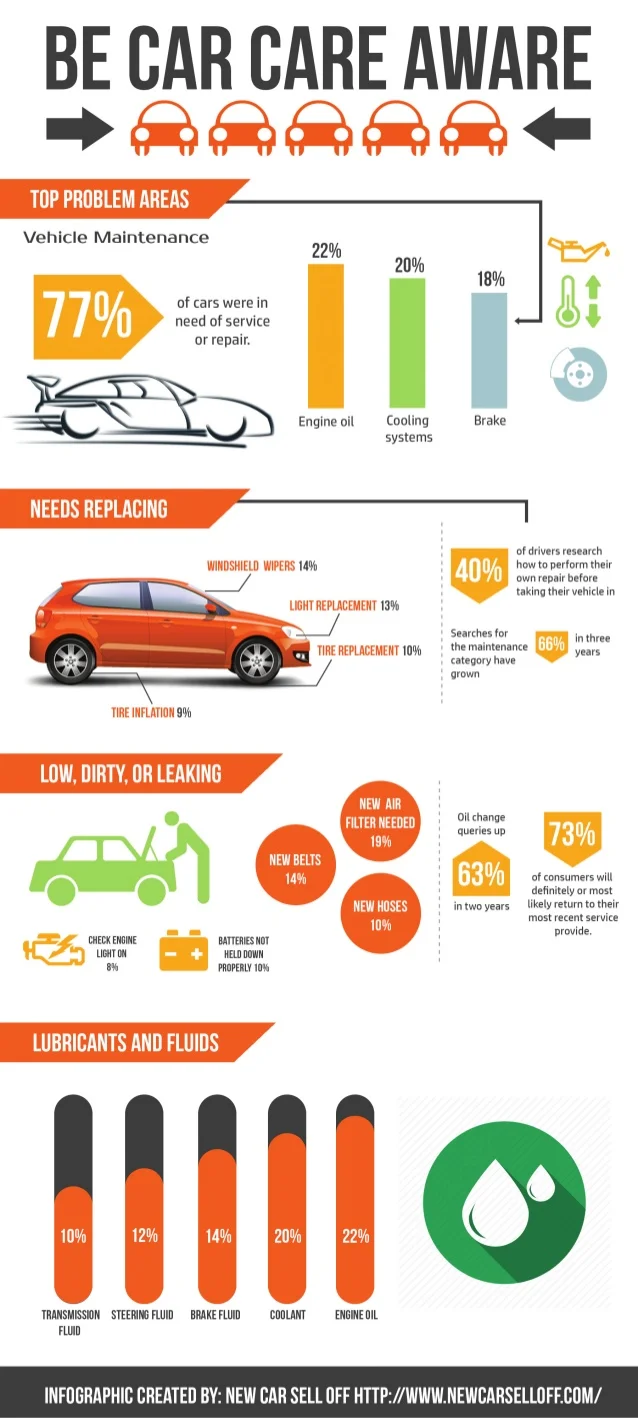Discover The Significances Behind The Control Panel Warning Lights In Your Automobile To Guard The Health And Safety Of Your Vehicle
Discover The Significances Behind The Control Panel Warning Lights In Your Automobile To Guard The Health And Safety Of Your Vehicle
Blog Article
Short Article By-Kessler Ferguson
When you're behind the wheel, those radiant warning lights on your control panel can be a little bit difficult. Do you know what they're trying to tell you about your vehicle's wellness? Recognizing the relevance of these lights is essential for your security and the longevity of your automobile. So, the next time one of those lights pops up, would not you wish to decipher its message precisely and take the necessary steps to address it?
Common Caution Lighting and Interpretations
Recognize typical warning lights in your car and comprehend their meanings to make certain secure driving.
One of the most normal caution lights consist of the check engine light, which signifies concerns with the engine or emissions system. If this light begins, it's vital to have your vehicle examined quickly.
The oil stress alerting light indicates reduced oil stress, needing instant interest to avoid engine damage.
find out here now blinking battery light may recommend a malfunctioning billing system, possibly leaving you stranded otherwise addressed.
The tire stress surveillance system (TPMS) light notifies you to low tire pressure, affecting vehicle security and gas efficiency. Ignoring this could bring about risky driving problems.
The abdominal muscle light indicates an issue with the anti-lock stopping system, endangering your capacity to quit quickly in emergency situations.
Finally, the coolant temperature warning light warns of engine overheating, which can result in extreme damages otherwise dealt with quickly.
Recognizing these typical caution lights will certainly help you attend to problems immediately and keep safe driving problems.
Value of Prompt Focus
Recognizing the common warning lights in your vehicle is only the primary step; the importance of promptly attending to these warnings can not be emphasized enough to ensure your safety when driving.
When a caution light brightens on your control panel, it's your cars and truck's method of interacting a prospective issue that needs focus. Ignoring these warnings can lead to a lot more serious problems in the future, compromising your safety and possibly costing you much more out of commission.
Trigger interest to advising lights can avoid failures and crashes. For instance, a flashing check engine light can show a misfire that, if left neglected, can trigger damage to the catalytic converter. Resolving this promptly can save you from an expensive repair.
In a similar way, a brake system warning light may signify low brake liquid or worn brake pads, important elements for your safety when driving.
DIY Troubleshooting Tips
If you discover a warning light on your control panel, there are a few DIY troubleshooting pointers you can try before looking for specialist help.
The very first step is to consult your auto's handbook to understand what the certain warning light indicates. Often the issue can be as easy as a loose gas cap setting off the check engine light. Tightening up the gas cap might solve the issue.
Another typical concern is a low battery, which can set off numerous advising lights. Inspecting the battery links for rust and ensuring they're secure could take care of the issue.
If a caution light persists, you can attempt resetting it by detaching the vehicle's battery for a couple of minutes and afterwards reconnecting it. Additionally, inspecting your vehicle's liquid degrees, such as oil, coolant, and brake liquid, can help troubleshoot alerting lights associated with these systems.
Verdict
In conclusion, recognizing your cars and truck's warning lights is crucial for keeping your car running efficiently and safely. By immediately dealing with these informs and understanding what they indicate, you can avoid costly fixings and prospective malfunctions.
Remember to consult your vehicle's manual for particular information on each alerting light and take action accordingly to make certain a hassle-free driving experience.
Stay educated, remain risk-free when traveling!
